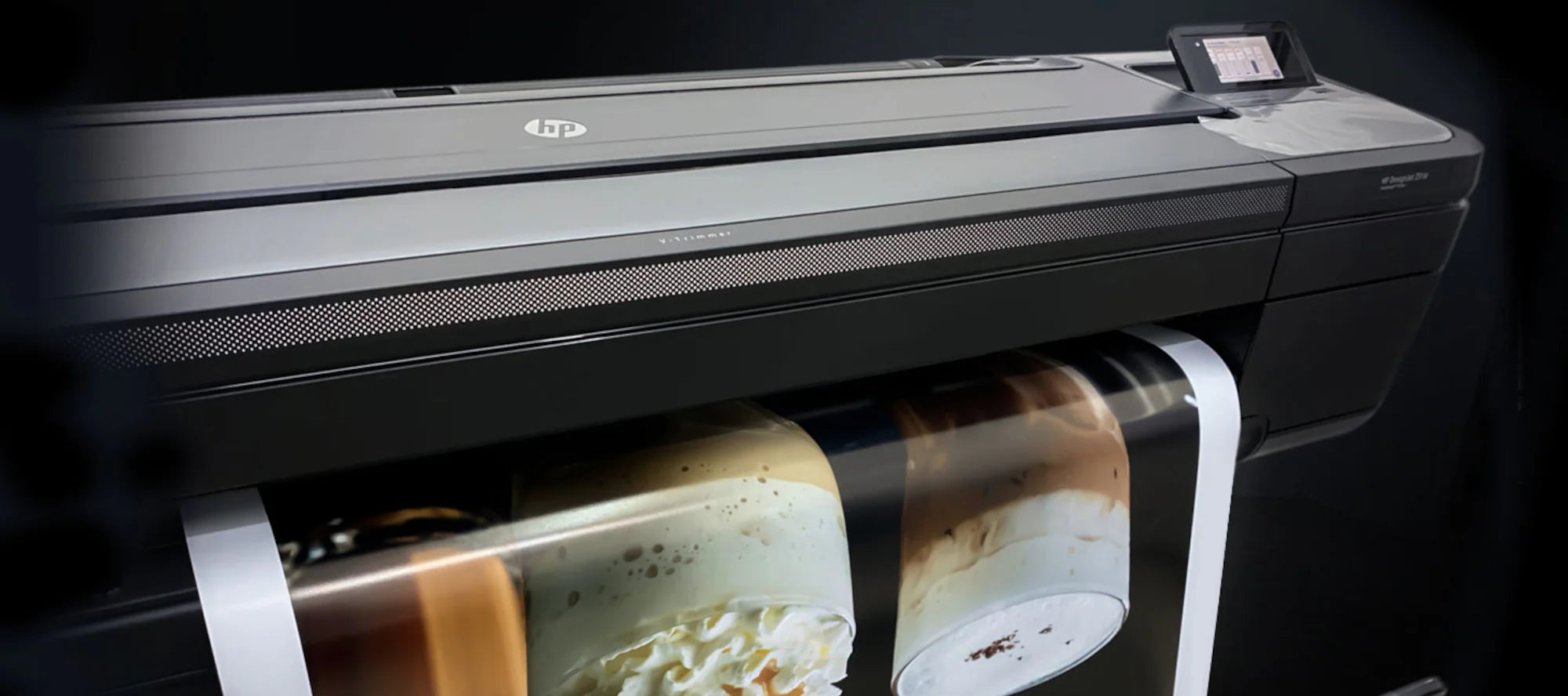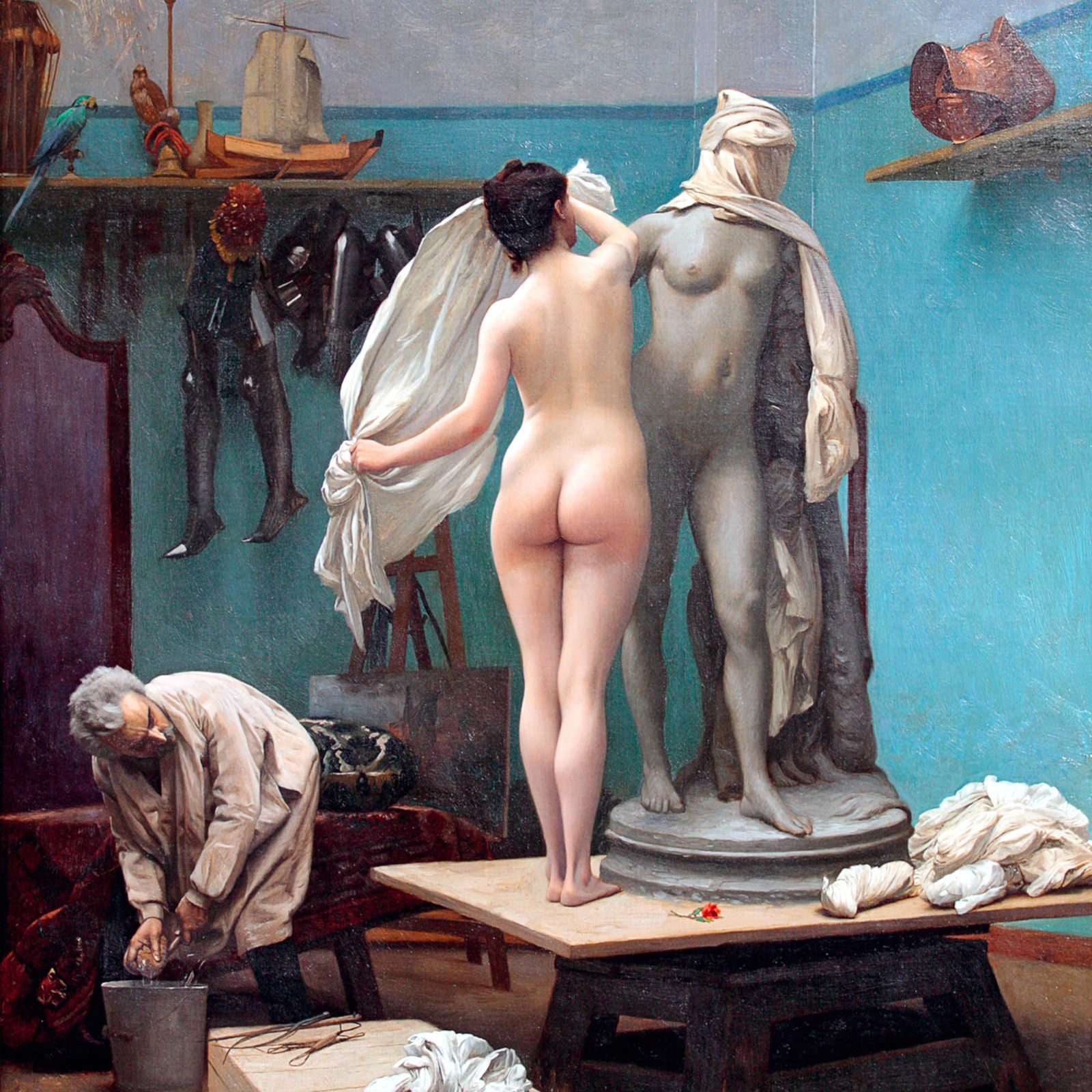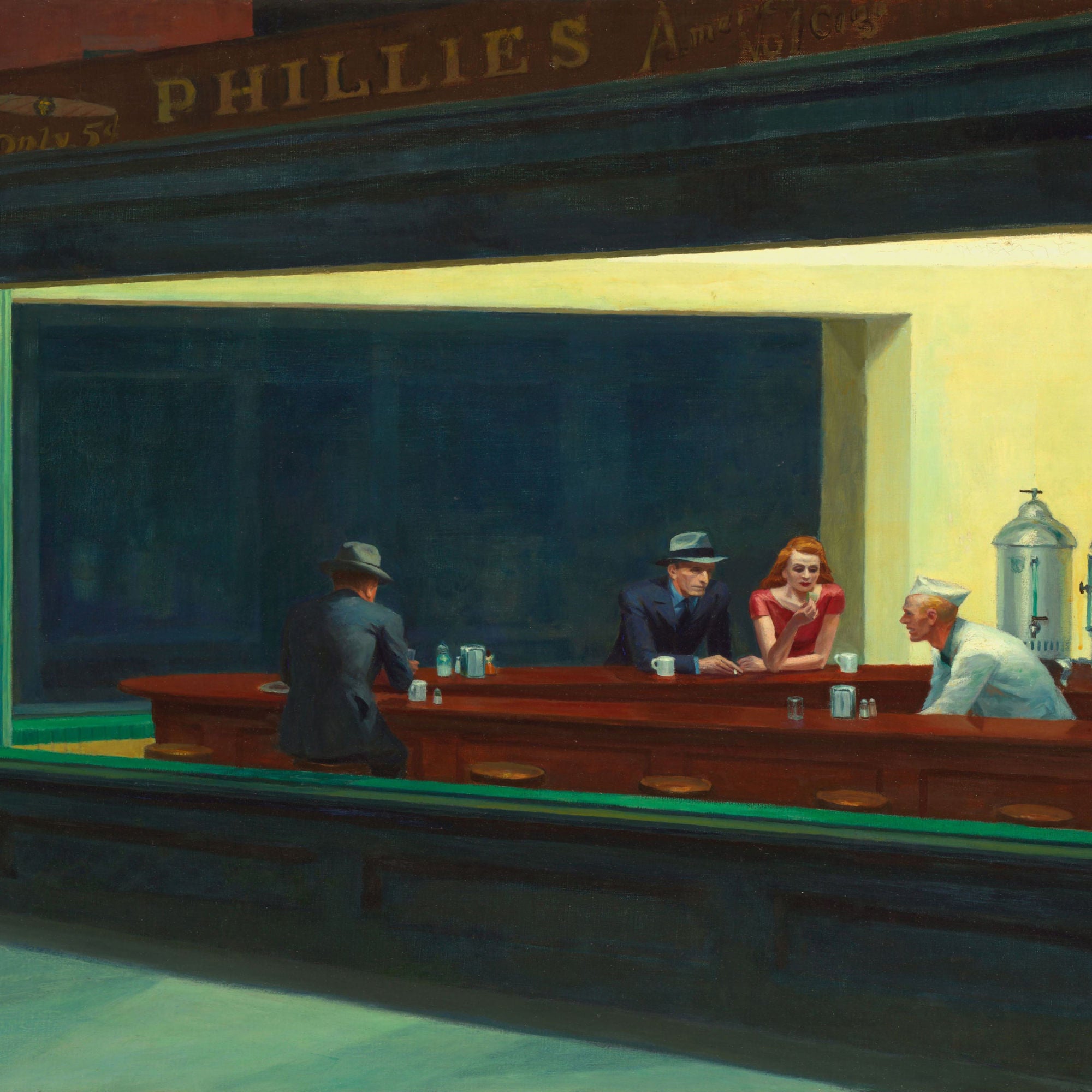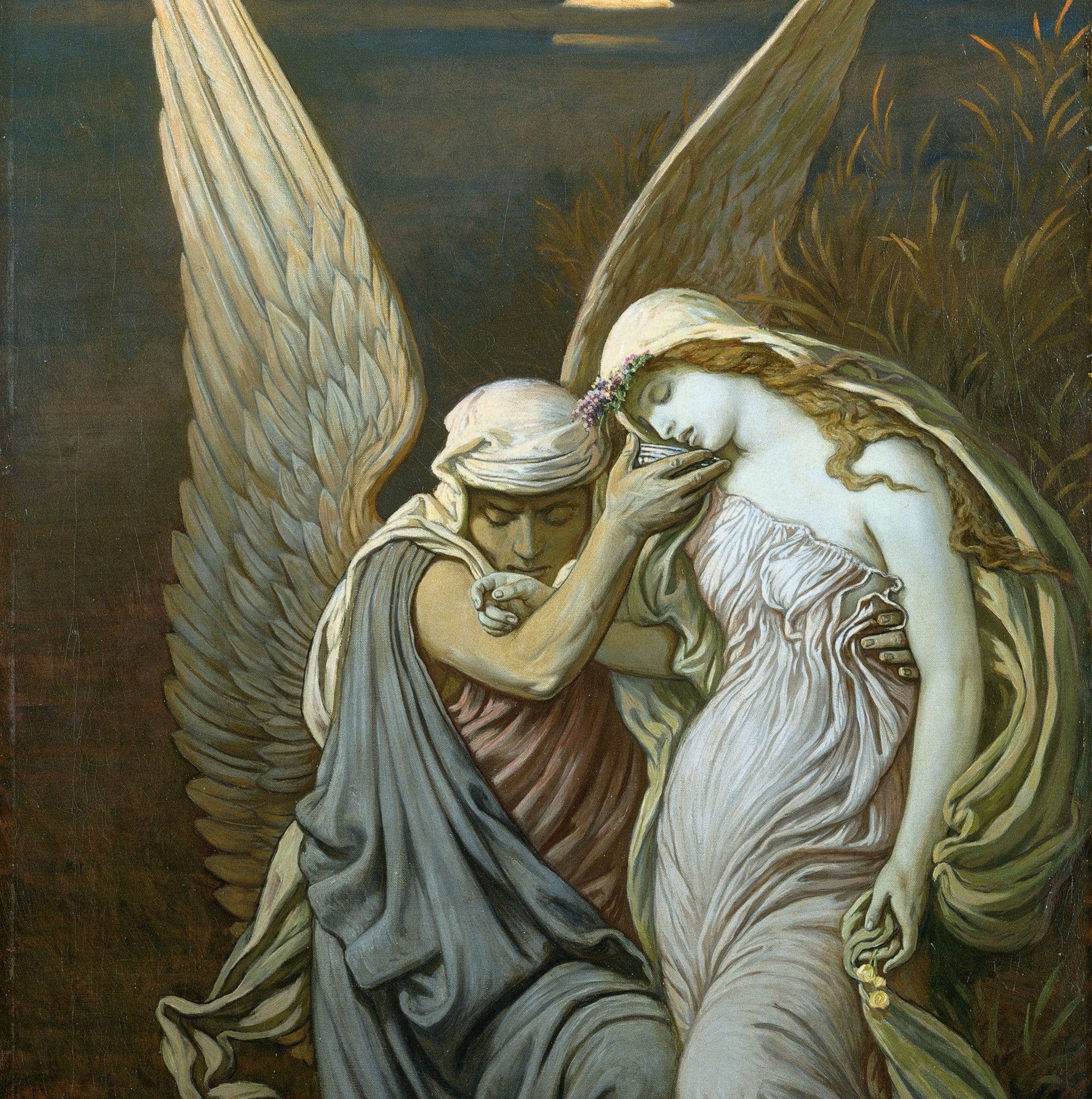Latest HP z9+ giclee printers
If you're a successful artist or a keen art collector, you may already know that Giclée fine art printing is the gold standard when it comes to producing museum quality prints. But what exactly is Giclée? Why is it superior print technology and why do successful artists insist on this method of printing their limited edition reproductions?
WHERE DOES THE TERM GICLÉE COME FROM?
As you may have already guessed thanks to the accent, Giclée is derived from a blend of French words; gicleur, which is a technical term for a nozzle or jet, and gicler, to spray out. The term Giclée — pronounced gee-klay — was initially coined by printmaker Jack Duganne in 1991. Today, it's used to describe fine art printing using pigment based, archival quality inks, manufactured on advanced inkjet printers.
WHAT'S THE MAIN DIFFERENCE BETWEEN GICLÉE AND OTHER PRINT METHODS?
Many traditional print technologies — such as lithography — use the classic CMYK 4-colour combination (in some instances with the addition of a pantone referenced spot colour) Giclée printers use up to 12 individual colours. At GalleryThane we use the latest HP printers which have a totally new writing system called Pixel Control which employs Dual Drop print heads allowing for fine graduations and enhanced detail with less inks. The resolution is 2400×1200 droplets per inch This gives much smoother gradient transitions and a wider colour gamut. In other words, more depth and richness to the final print, which helps to create stunning vibrant artwork with amazing reproduction. In the case of recreating artwork such as a watercolour print, the end result is almost indistinguishable from the original.

The latest printer technology allows us to offer the highest quality reproduction of famous artworks

Framee Fine Art Canvas - Eugene de Blaas, Contemplation
WHAT IMAGES ARE BEST SUITED TO GICLÉE PRINTING?
Where Giclée really comes into its own is in the production of wall art, where customers are very discerning and want top quality that lasts. This longevity is a key differentiator, because the type of archival inks used on Giclée printers won’t fade when displayed in normal conditions indoors; colours will retain their brilliance for a lifetime. Giclée print also lends itself to almost any type of artwork. From computer generated design or photographs through to scans of original illustrations, oil or watercolour works, Giclée 12-colour print offers truly outstanding quality reproductions.
WHICH PAPER TYPES ?
Giclée printers can print on multiple substrates — including canvas, fine art papers and heavy lustre professional photo papers. At GalleryThane, our most popular stocks are Textured Fine Art Paper. This is a premium quality heavyweight fine art print material with a textured finish similar in weight and appearance to heavyweight artists watercolour paper. Together with Giclée printing, it offers museum quality wall art.Many customers also choose Fine Art Canvas which can be stretched on a wooden frame to look like an original painting.
We also offer smooth art papers and lustre photo papers for a number of our listings.
FINE ART CANVAS
We use a white, cotton canvas which guarantees archival standards. With its premium matt inkjet coating our canvas meets the highest industry standards regarding density, colour gamut, colour graduation and image sharpness.

Fine Art Canvas

Textured Fine Art Paper
TEXTURED FINE ART PAPER
Our textured fine art paper is a genuine mould-made paper. The traditional mould-made art paper is refined with a coating specially developed for FineArt applications. The white FineArt inkjet paper does not contain optical brighteners and has a classic, strikingly defined watercolour structure that adds an artistic touch to art reproductions in particular. Combined with the matt premium inkjet coating, this produces impressive FineArt prints boasting vivid colours, deep black and optimum reproduction of detail. This acid- and lignin-free FineArt inkjet paper meets the most exacting requirements for age resistance.
CANVAS OR FINE ART PAPER?

When choosing between a canvas or fine art paper print the determining factor is usually the method of displaying the final product as they have very similar qualities in terms of colour reproduction and longevity.
When printed on fine art paper most works will look best displayed in a mount and frame, usually with glass or clear gallery quality acrylic on the front. Canvas is best presented stretched on a subframe and framed directly without a mount or glass front.

Fine art paper best displayed with mount and frame

Canvas stretched over wooden frame

Framed stretched canvas









